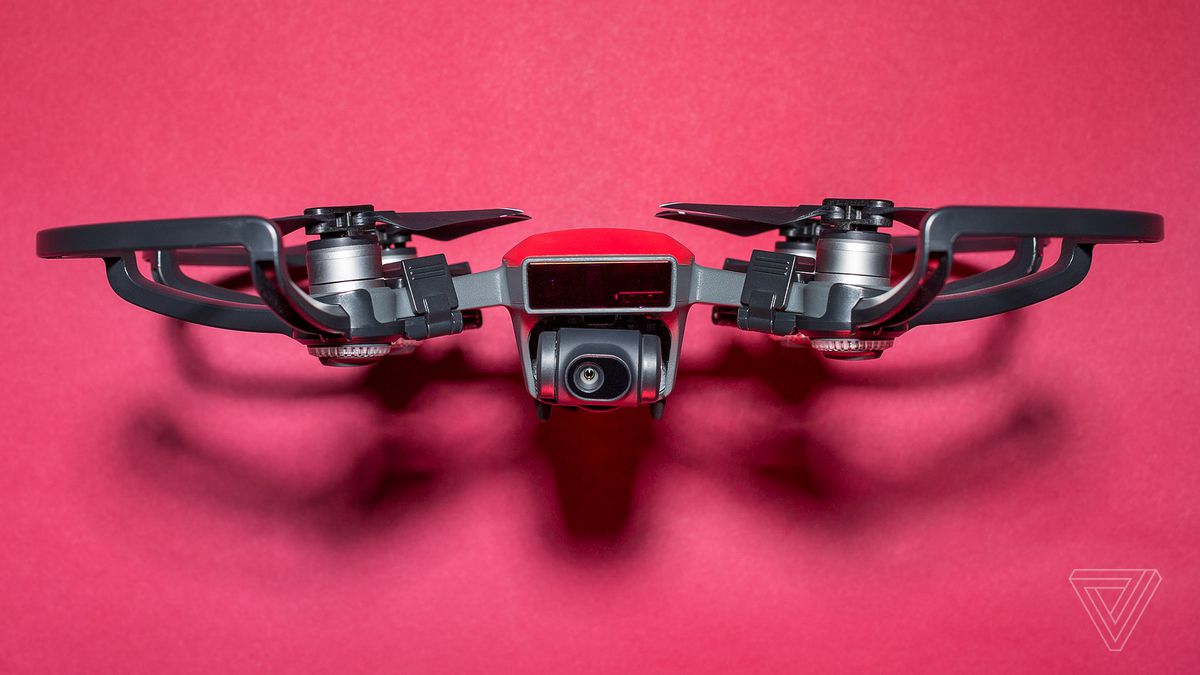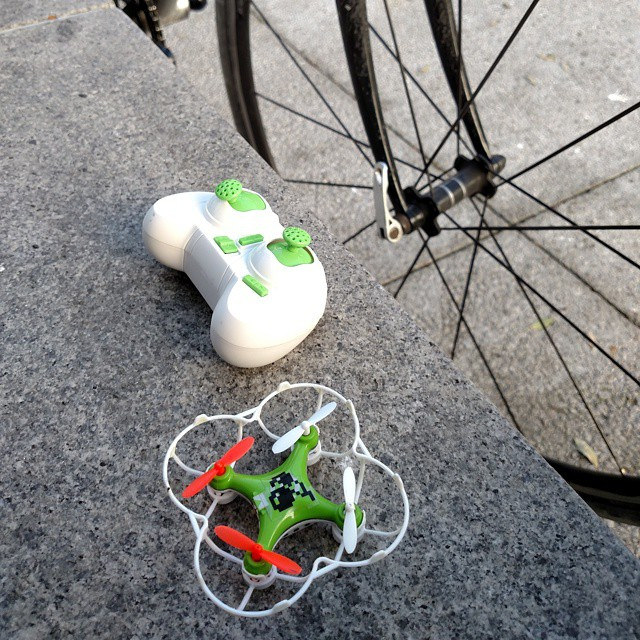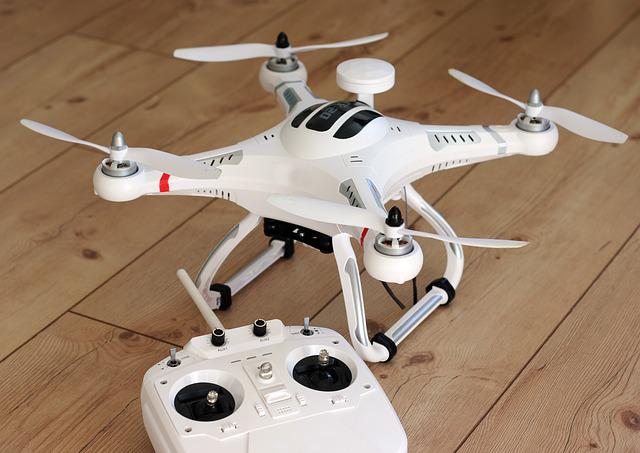
Drone inspection is a great way to inspect oil and gas fields. Drone inspection is a safe and efficient way to inspect oil fields without interrupting existing operations. In fact, it's a much safer way to do inspection than it is with human teams. Drones can collect detailed information and launch round-the clock surveillance. Drones detect patterns that can optimize operations. Here's a closer look at how drone inspections can help the oil and gas industry.
Costs
Oil and Gas companies have significant costs associated with asset maintenance, which includes expensive inspections. This sector is subject to lengthy, dangerous inspections. Oil and gas wells need to be inspected by skilled engineers in addition to manual labor. Industry estimates suggest that asset monitoring costs the oil and energy industry $37Billion annually. Drones are a popular way to inspect assets. It reduces both the cost and time involved in these tasks. These unmanned aerial devices can offer precise data without the dangers that human workers pose.
Drones are highly efficient and can significantly reduce costs, since they can detect areas that human inspectors cannot. Drones also have the ability to detect overheating or abnormal temperatures. This can help avoid dangerous fires. Drones are also cost-effective and can be used to streamline oil and gas operations. Read on to learn more about the benefits of drone inspection for oil and gas companies. When you use drones, you will be amazed at how amazing the results are.
Benefits
Drones are an extremely cost-effective and safe method to inspect assets. By eliminating the need for human workers in dangerous environments, drones can reduce risk, insurance costs, and medical expenses. Drones are faster than human inspectors and require no workers to close down oil operations. Drones can fly near assets and can detect leaks and potential defects. Drone inspection can be a lifesaver for companies and save them millions in maintenance costs.

Drones are reliable and can perform a wide range of inspections to oil and gas companies. By using advanced sensors, they can reveal information that humans cannot. They can flag potential issues and improve the accuracy of data collection. Because drones can fly at a precise altitude, they can take repeatable tests from any position. Companies can improve productivity and lower costs by using drones in oil-and-gas operations.
Safety
Drones are increasingly being used by oil companies and other energy companies for inspections of pipelines and assets. These drones can be programmed to fly in the exact same areas at a particular height in order to collect structured data that can then be transmitted to a Work-Management System. Drones eliminate the need to manually touch data and can even prevent data integrity from being lost. Oil and Gas companies can combine drones with advanced data analysis to better predict the likelihood for pipeline and asset failures.
An inspection of a traditional pipeline is dangerous. The job requires workers to be able to hang on to ropes, endure harsh weather, and deal with hazardous chemicals. These conditions can make it difficult to collect data and keep technicians from doing their job well. Drone inspections of oil and gas pipelines are a great solution. They can inspect infrastructure and other oil and natural gas pipes from far away. They can also inspect areas where traditional workers cannot access. Drone operators can be assured that their work will not cause any harm because they can fly on top of high-rise structures.
Implementation
Oil and gas companies have a number of uses for drone inspection. Drone inspection gives researchers the ability to find vital information from potential oil fields. Drones can also provide topographic data of new locations to help researchers identify the best routes and logistics. Drones also have the ability to produce 3D maps. These maps can include landmarks and other features that could be helpful in decision-making. The new tools could be a boon for oil and gas companies.

Drones are an efficient and flexible solution for many problems because they eliminate the need to have human participants in inspections. They can reduce the time and cost of manual reviews as well as the chance of spills and leaks. Drones are also suitable for indoor and pipe inspection. Drones can be used to reduce employee hours and confined space permits, as well improve inspection quality.
FAQ
Which drone is the best?
The DJI Phantom 2 Vision+ drone is a popular choice for beginners. This model is equipped with a 4K cam, which allows for high-quality aerial photos as well as videos. You can easily navigate this drone using its built-in GPS system.
What laws govern flying drones in the United States?
The Federal Aviation Administration (FAA), in the United States, regulates all aspects related to drone operations. A certificate issued by the FAA is required to commercially operate a drone. You must then complete a course on piloting skills and pass an examination. Final, you will need to pay a fee.
Is it possible to fly my drone in my backyard?
Yes! These are called UAVs (unmanned aircraft vehicles). There are many kinds of drones today. They range from small quadcopters, to large fixed-wing planes. The FAA recently published new rules on commercial UAV usage, which allows you to legally fly them for commercial purposes. It is important to remember that UAVs are not allowed near airports.
Can I fly my drone at my local park?
Yes, you can fly drones at parks all around the world. Safety concerns mean that not all countries allow drones to be flown in parks. Check out our list of places where you can legally fly drones for fun.
Statistics
- According to industry research from ZipRecruiter , there are 10 cities where the typical salary for a Drone Pilot job is above the national average. (dronesgator.com)
- According to the multiple listing service (MLS), houses and apartments with drone photographs are up to 68 percent more likely to sell than those without pictures. (thedroneu.com)
- According to Indeed, a drone pilot gets paid $25.73 per hour on average in the US. (dronesgator.com)
External Links
How To
How to Fly Drones With Beginners
A drone is a remotely-controlled aircraft that is used for aerial photography and surveillance. Drones are a technology that has been around since World War II. DJI's Phantom series quadcopters were first commercially available in 2010. Since then, there have been many different types of drones available, from beginner-friendly models like the Parrot AR Drone 2.0 to professional-grade multi-rotor craft like the DJI Mavic Pro.
There are many methods to fly a Drone, including
-
Remote control – This technique uses a control device attached directly to your hands that allows you steer the drone around its flight path. There are two main types of controllers: On/Off switches (like a radio) and joysticks.
-
Manual Control – This method lets users remotely control the drone by using a smartphone app. The app will provide instructions and help you to locate the drone.
-
Autonomous flight - The drone takes over the piloting duties. It basically flies autonomously without any human intervention. It must have a builtin camera, sensors capable of taking images and data to enable autonomous flight.
-
Triggered Flight: This is similar in concept to manual control. The pilot manually creates a route and the drone then follows it until it reaches that endpoint. The drone automatically lands once the route has been completed and returns to the base.
-
Landing Gear – A few drones come with landing gear. This allows them land safely in the event of losing power or running out of battery.
-
Goggles - Pilots may wear goggles to shield themselves from flying debris.
-
Camera - Some drones are equipped with cameras allowing you to capture photos and videos from above.
-
Obstacles - Some drones can be equipped with obstacle avoidance systems that prevent them from crashing into obstacles.
-
Speed - Some drones can reach speeds of over 40 mph.
-
Battery Life - Most drones last between 20 and 3 hours depending on how much power they have.
-
Range - Some drones can travel upto 30 miles depending on their models.
-
Power source: Some drones will require an external power source while others can be powered by internal batteries.
-
Weight – Some drones are less than one pound, while other models can be up to four pounds.
-
Size - Drones can range in size from tiny devices that can fit in your palm to heavy crafts that weigh 50 pounds.
-
Price - Drones come in a variety of price categories, including high-end models which can run into the thousands and low-cost options that can start at $100.